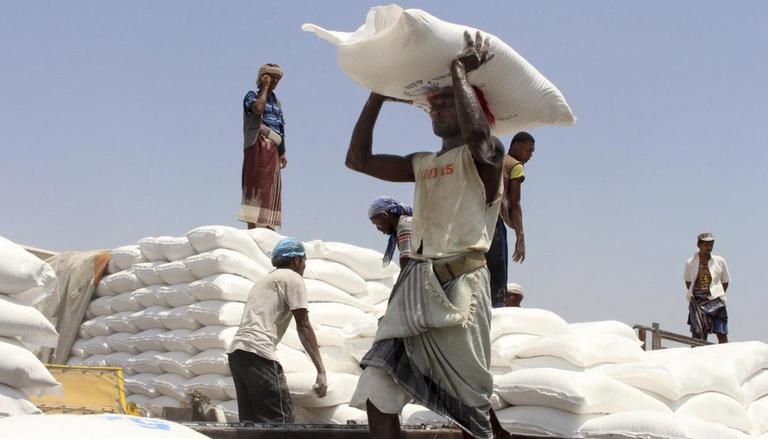- November 30, 2021
- Posted by: humanitarianweb
- Category: Humanitarian News

Hunger in Latin America and the Caribbean is at its highest point since 2000, after a 30 percent increase in the number of people suffering hunger from 2019 to 2020, says a new UN report.
According to the Regional Overview of Food Security and Nutrition 2021, in just one year, and in the context of the COVID-19 pandemic, the number of people living with hunger increased by 13.8 million, reaching a total of 59.7 million people.
The prevalence of hunger in Latin America and the Caribbean now stands at 9.1 percent, the highest it has been in the last 15 years, although slightly below the world average of 9.9 percent. Just between 2019 and 2020, the prevalence of hunger increased by 2 percentage points.
“We must say it loud and clear: Latin America and the Caribbean is facing a critical situation in terms of food security. There has been an almost 79 percent hike in the number of people living in hunger from 2014 to 2020”, said Julio Berdegué, FAO’s Regional Representative.
“Although the pandemic has exacerbated the situation, hunger has been on the rise since 2014. We must fix deep vulnerabilities in our food systems, make them more inclusive and sustainable and ensure they deliver wellbeing for the people that feed our societies”, said Rossana Polastri, IFAD’s Director for Latin America and the Caribbean.
Between 2019 and 2020, Mesoamerica experienced the largest increase––2.5 percentage points––reaching its highest value in the last 20 years: 10.6 percent, or 19 million people. The overall highest prevalence occurs in the Caribbean (16.1 percent, 7 million people) while in South America hunger affects 33,7 million people, or 7.8 percent of the population.
The Regional Overview of Food Security and Nutrition 2021 is a joint publication of the Food and Agriculture Organization of the United Nations (FAO), the International Fund for Agricultural Development (IFAD), the Pan American Health Organization/World Health Organization (PAHO/WHO), the World Food Programme (WFP), and the United Nations Children’s Fund (UNICEF).
Food insecurity affects 41 percent of the population
Four out of every ten people in the region––267 million––experienced moderate or severe food insecurity in 2020, 60 million more than in 2019, an increase of 9 percentage points, the most pronounced rise in relation to other world regions.
In South America the prevalence of moderate or severe food insecurity increased by 20.5 percentage points between 2014 and 2020, while in Mesoamerica there was an increase of 7.3 percentage points during the same period.
Even worse, in the region the prevalence of severe food insecurity––that is people who had run out of food or had gone a day or more without eating––reached 14 percent in 2020, a total of 92.8 million people, up from 47.6 million people

Присоединился к интересному сообществу на многотематическом портале!
Активно изучаю материалы статьи: История дзен – от Бодхидхармы до наших дней
Отличное место для обмена опытом, поиска полезной информации и использования различных онлайн-инструментов. Присоединяйтесь!